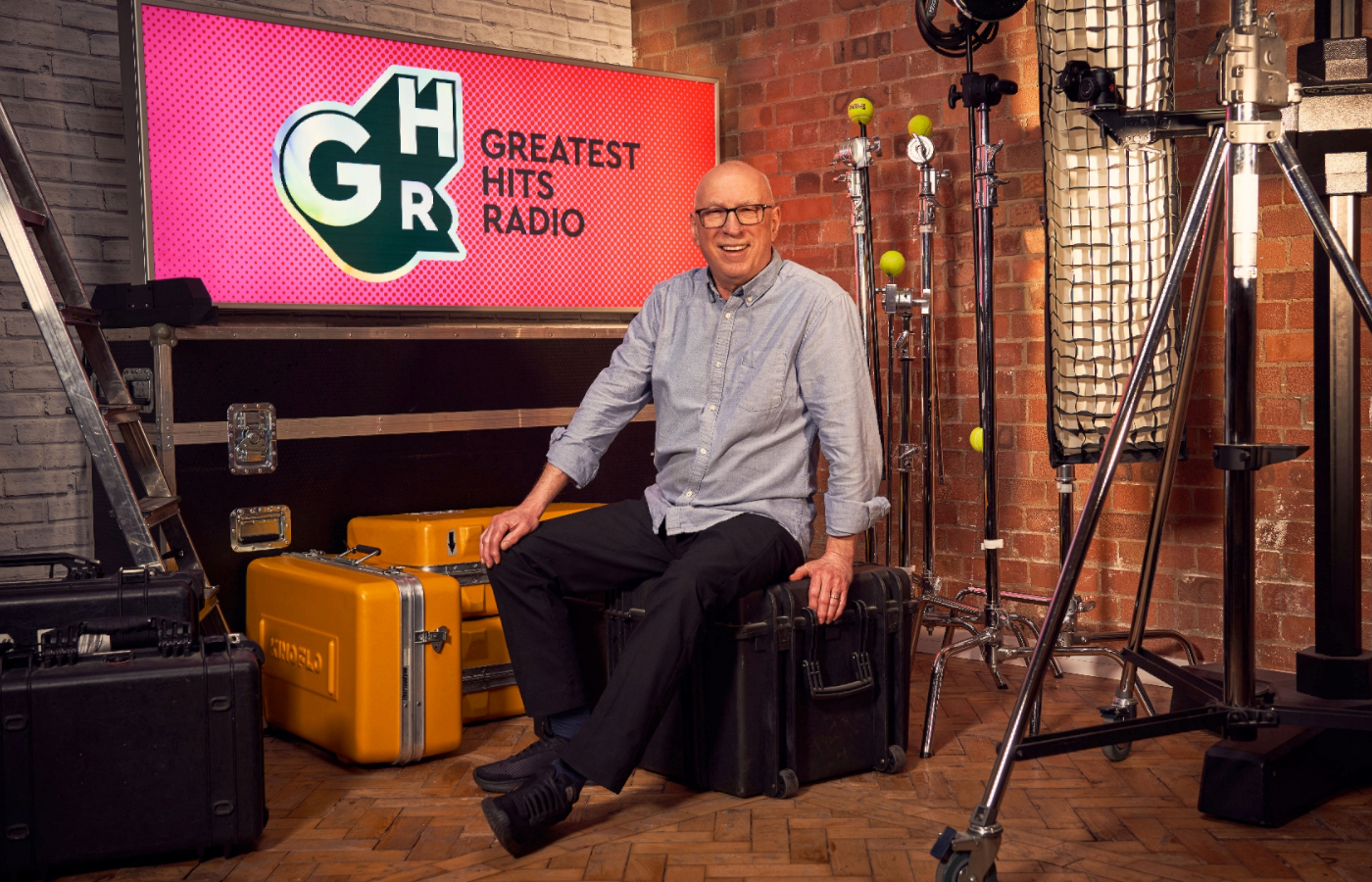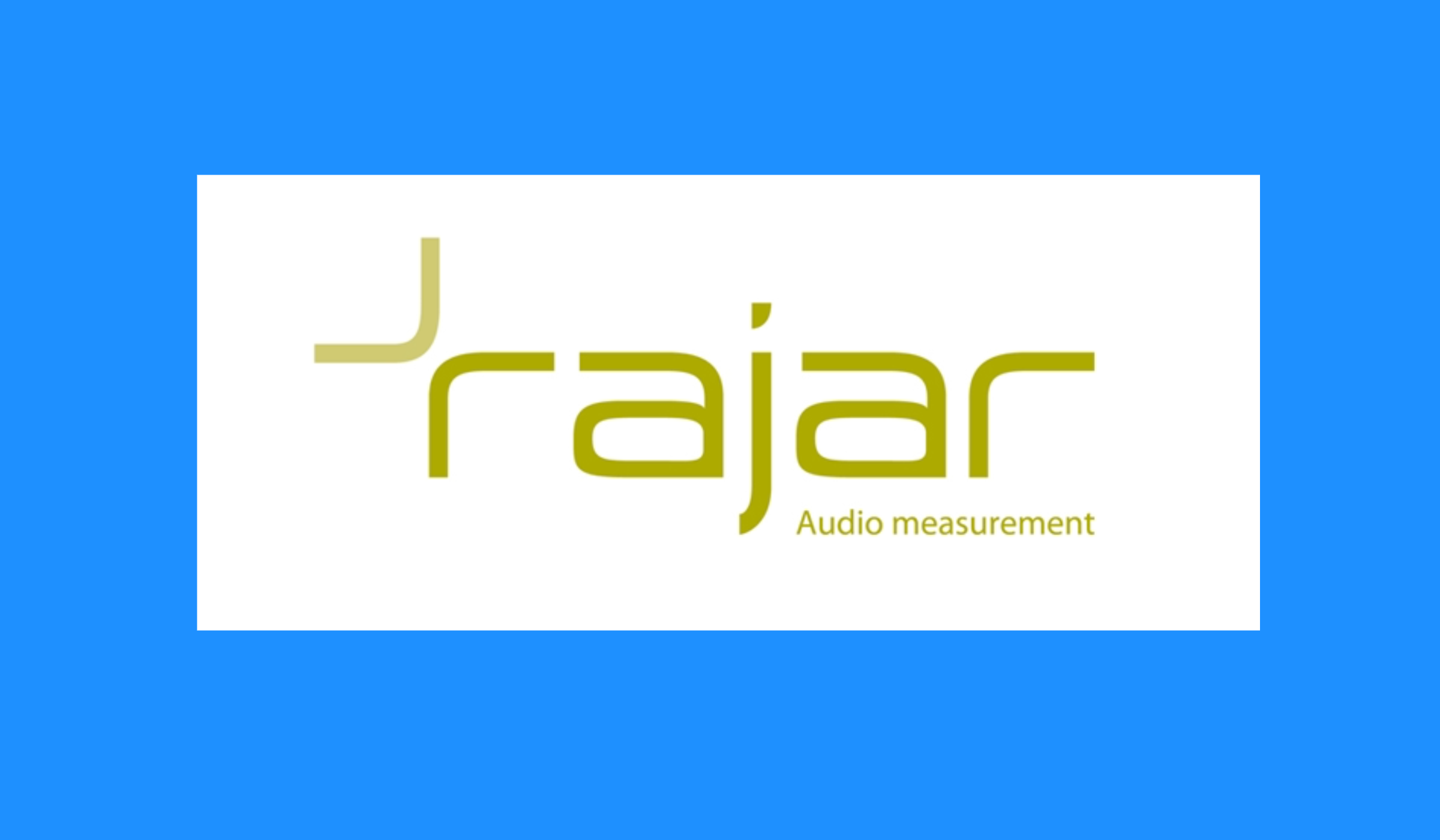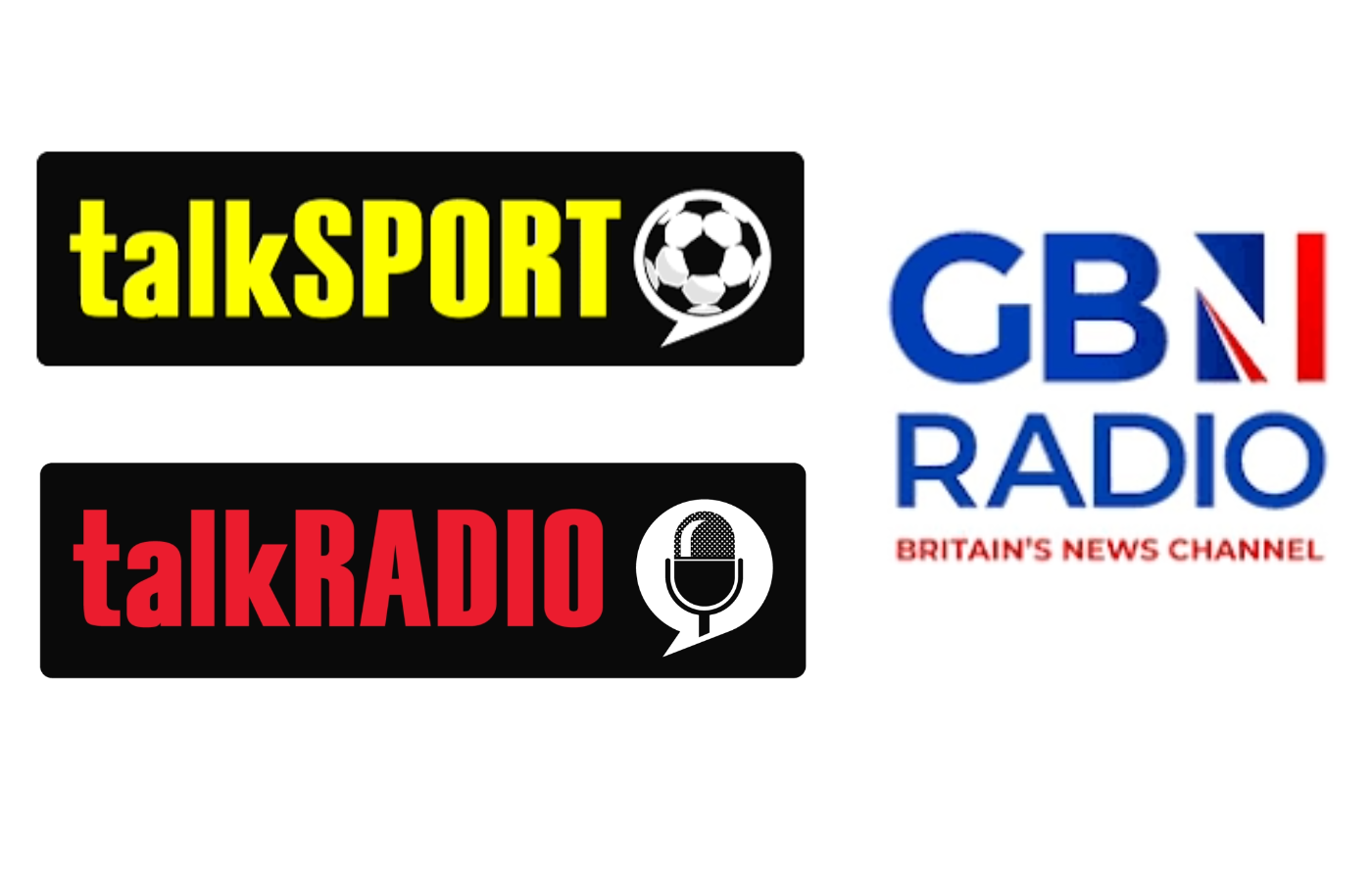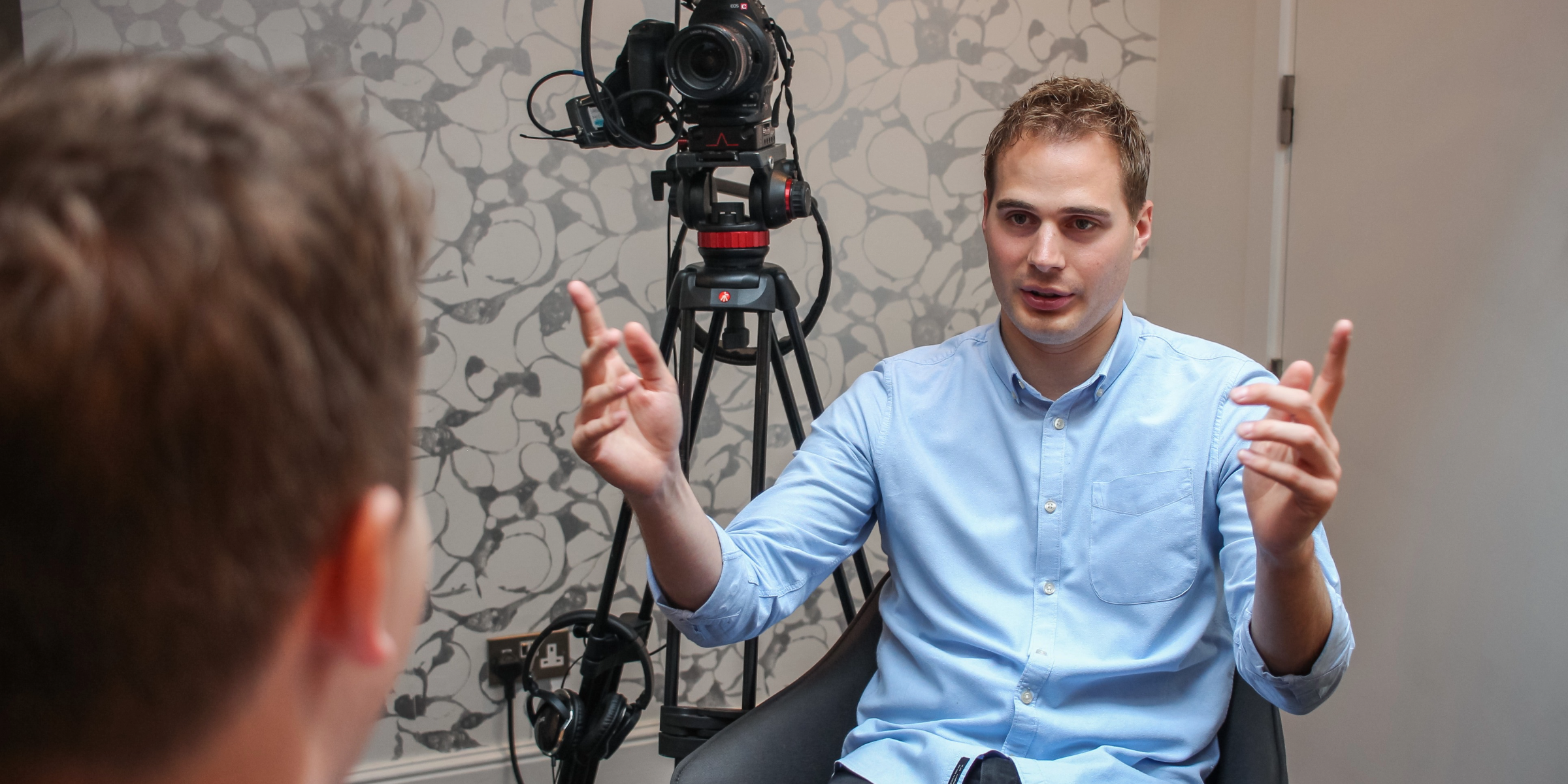There’s mixed news for commercial talk radio from the latest radio listening figures from RAJAR, the radio industry’s audience monitoring organisation. RAJAR’s quarterly report, published on 3rd August 2023, claims GB News Radio, talkRadio and Talksport were the only speech radio stations to see year on year audience growth in Q2 2023.
GB News Radio
GB News Radio was particularly basking in glory with a 14% year on year boost. Its audience has increased from 277, 000 in Q2 last year, up to 317, 000 now. Its weekly audience however was below its peak of 415, 000 in the third quarter of 2022. So where does that put the station, which only launched in January 2022 as a simulcast of the GB News TV channel, in the bigger picture?
Well, according to additional RAJAR figures shared by GB News, although it pulled in a smaller weekly audience, overall it beat Times Radio, TalkRadio and LBC News in the primetime 1900-2200 slot.
GB News Radio was set up in January 2022, an audio simulcast of the TV channel GB News.
 TalkRadio and Talksport
TalkRadio and Talksport
These two stations, from the News Broadcasting stable and part of media giant News UK, were the other speech stations to increase their audiences in the last three months. Talkradio’s weekly reach increased by 6%, to 727, 000. Like GB News it also simulcasts with its own TV channel. Talksport meanwhile was up a massive 20% to 3.2 million. News UK claims these are record figures for the stations and the highest ever listening hours in their history.
Times Radio
Also part of the News UK group, Times radio has seen its audience decline by 8% year on year, but those listeners are staying for longer. Launched in June 2020 as an alternative to Radio 4 and LBC, Times Radio often mirrors The Times newspaper. Its wealthy ABC1 audience is now tuning in for a record 7.5 hours a week.
LBC
Part of Global, LBC saw a small audience drop of 2%, compared to the same time last year. It has an audience reach of 2.5 million people. It’s other station, the 24 hour rolling news service, LBC News, saw a bigger drop of 10%, meaning its weekly reach has fallen to 912, 000.
BBC
Overall the BBC remains the UK’s biggest radio broadcaster, reaching 56% of people over 15, despite showing a steep decline in listening to traditional networks like Radio 2 and radio 4.
The BBC has said for some time that its strategy is to grow its digital listenership so it shouldn’t come as a surprise that whilst its losing audiences from its radio stations that its gaining them on BBC Sounds, its on-demand audio service.
BBC World Service saw the biggest listenership drop – its weekly audience fell 23% to 1.1 million whilst Radio 4’s audience was down 13% to 9 million people. But BBC Sounds, has posted a record quarter, up nearly 50% from last year, according to the corporation. The Sounds app saw a record 216 m plays of radio and podcast content during the Q2 period. Most in demand content however comes from radio – such as Test Match Special cricket commentary and episodes of the Archers – rather than new podcast content, suggesting listeners are after convenience rather than alternative material.
RAJAR says Radio 2 lost more than a million listeners, this since veteran broadcast Ken Bruce left the station for commercial rival Greatest Hits Radio, which is owned by Bauer.. After 30 years presenting the same mid-morning slot, the move has turned out to be an enormous success for the presenter and the commercial station – his new show reached 3 million listeners a week in Q2. Analysis by the Guardian suggests there is a direct coloration between Bruce’s departure and Radio 2’s audience decline. When Bruce was behind the microphone the show attracted 8.3 million listeners. Three months later, presented by Vernon Kay, it has just 6.9 million.

Presenter Ken Bruce joined Hits Radio from BBC Radio 2
BBC Regional radio
Local BBC stations however have bucked the trend set by the corporation’s national stations and have collectively grown their audience. This is ironic because the growth comes at a time of big financial cuts and plans to merge big chunks of the local radio network into larger regional programming. Longstanding local radio presenters have left as a result.
What does this mean for broadcast PR?
We believe that there’s strong appetite for PR generated content from commercial talk radio in particular. This is borne out by the consistent coverage we secure for our clients on stations like talkRADIO, Times Radio, LBC and GB News.
Radio 4’s reputation, in particular the Today programme, means it still holds its shine for a lot of brands. Audiences may be in decline, but sometimes it matters more who those listeners are, rather than how many of them there are.
Our radio coverage is diversifying now to include podcasts as well as on-air opportunities. We predict that this will become much more of a trend. These podcasts tend to be associated with news programmes, that are turned around at speed, rather than podcasts that can be weeks or even months in production.
Radio days, that for us typically include regional and national opportunities, remain strong. BBC regional coverage is evolving, however. In the near future there will be fewer local radio shows on the Beeb because there will be times of the day (mainly afteroons and evenings) when a single programme will be networked to multiple stations. That means you might end up with slightly fewer actual interviews, but the opportunities you get will be heard by a lot bigger audiences.
Need some help with your next radio day or radio campaign?
Give our media relations team a call to discuss your next radio campaign. Or email hello@shoutcommunications.co.uk. Read more about our radio PR services here.

 TalkRadio and Talksport
TalkRadio and Talksport

